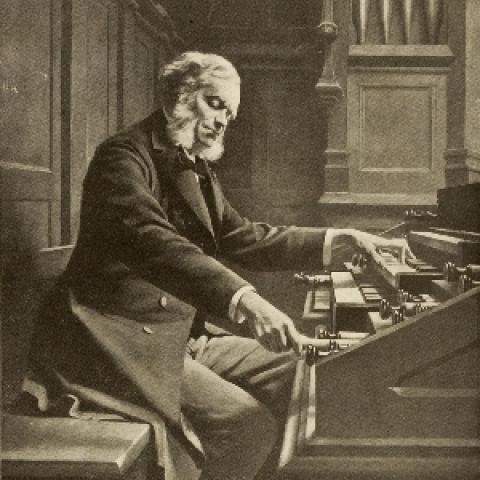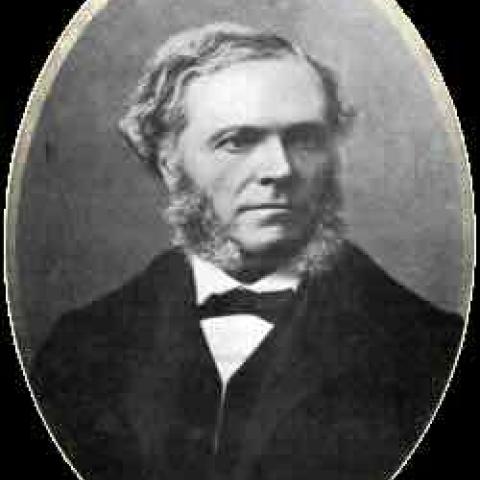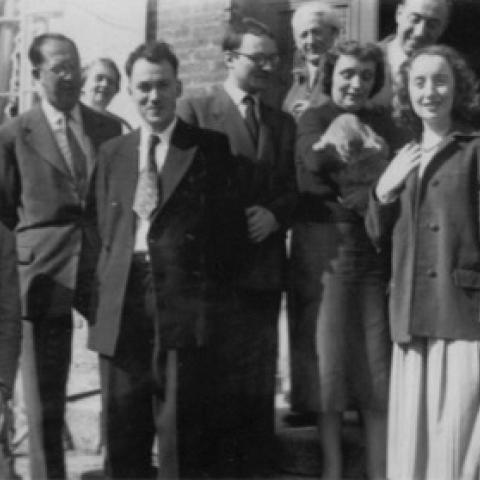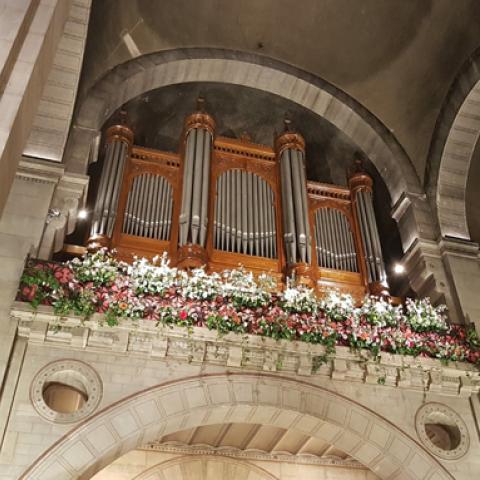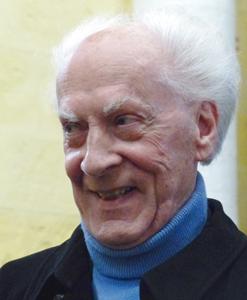
Jean Victor Arthur Guillou, 88, died January 26 in Paris, France. Titular organist at Saint-Eustache Church in Paris from 1963 until 2015, he was an international concert organist and pianist, prodigious improviser, teacher, composer, poet, and writer.
Born in Angers on April 18, 1930, Guillou taught himself to play piano at home. Fascinated by improvisation, he began organ studies with Raphaël Fumet. At age twelve, he was named organist at the local Saint-Serge Church. In 1947, he took private organ lessons in Paris with Rolande Falcinelli, becoming one of her first disciples. In 1953, he entered the Paris Conservatory and studied harmony with Maurice Duruflé, music analysis with Olivier Messiaen, and organ with Marcel Dupré. In 1954, he was awarded first prizes in organ, harmony, counterpoint, and fugue.
From 1955 to 1957, Jean Guillou taught at the Escola Diocesana de Musica Sacra in Lisbon, Portugal. He then lived in western Berlin until 1963. From 1970 to 2005, he gave masterclasses in Zurich, teaching interpretation and improvisation to over 300 organists from all over the world.
With the German organ builder Detlef Kleuker, Jean Guillou designed the organs at Notre-Dame des Neiges Church in Alpe d’Huez, France; Chant d’Oiseau Church in Brussels, Belgium; the Tonhalle in Zurich, Switzerland; Naples Conservatory; and Tenerife Auditorium in Santa Cruz. In his book, L’Orgue, souvenir et avenir [The Organ, Past and Future] (Buchet-Chastel, 1978/Symétrie, 2010), Jean Guillou expressed his strong belief that organs should be found elsewhere than in churches. He conceived a portable organ with a variable structure that could be performed anywhere, even in the middle of a forest. In La Musique et le Geste [Music and Gesture] (Beauchesne, 2012), Guillou explained his conception of music as a sonorous gesture. He even wrote a collection of poems entitled Le Visiteur [The Visitor] (Christophe Chomart, 2009).
In addition to his composition of organ works, Guillou also made numerous transcriptions for organ and composed works for organ with piano, flute, trumpet, mixed choir, soprano, narrator, as well as seven concertos for organ and orchestra, chamber music, and symphonies for large orchestra, etc., mostly published by Schott. Over 100 recordings were released by Philips, Dorien, Festivo, Decca, and other labels.
Jean Guillou remained an active performing artist until the end of his life. In 2015, when he was forced to retire from Saint-Eustache, he wanted to designate his successor, but the church held a competition to name his two successors. In 2016, at the age of 86, he continued to give concerts (by memory). On June 26, he performed on the historic Cavaillé-Coll at the Saint-Ouen Abbey Church in Rouen, where his former student, Jean-Baptiste Monnot, had just been appointed co-titular. After giving concerts in Korea, on September 23, he played Liszt’s Ad nos at Notre-Dame Cathedral in Paris.
Jean Guillou is survived by his wife, Suzanne Varga, and a daughter. A memorial Mass for was celebrated February 5 at Notre-Dame Cathedral in Paris.
—Carolyn Shuster Fournier


